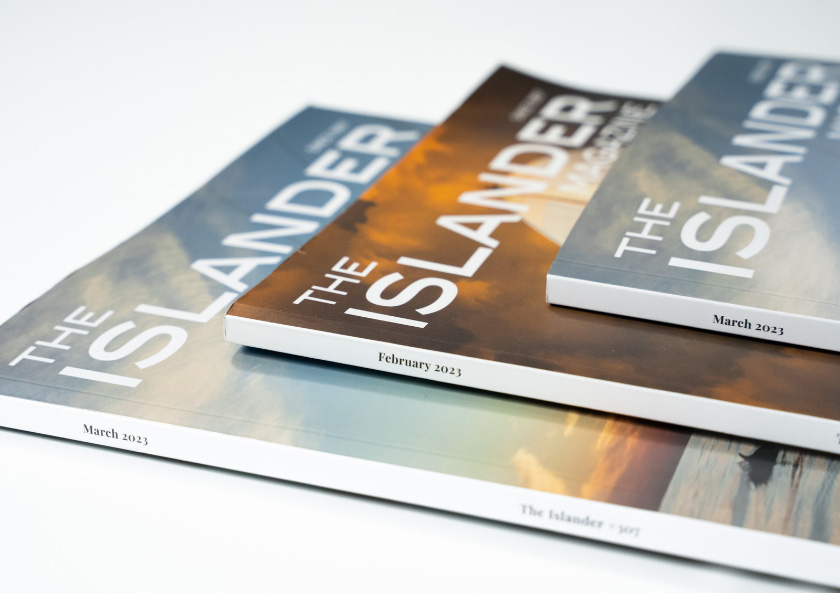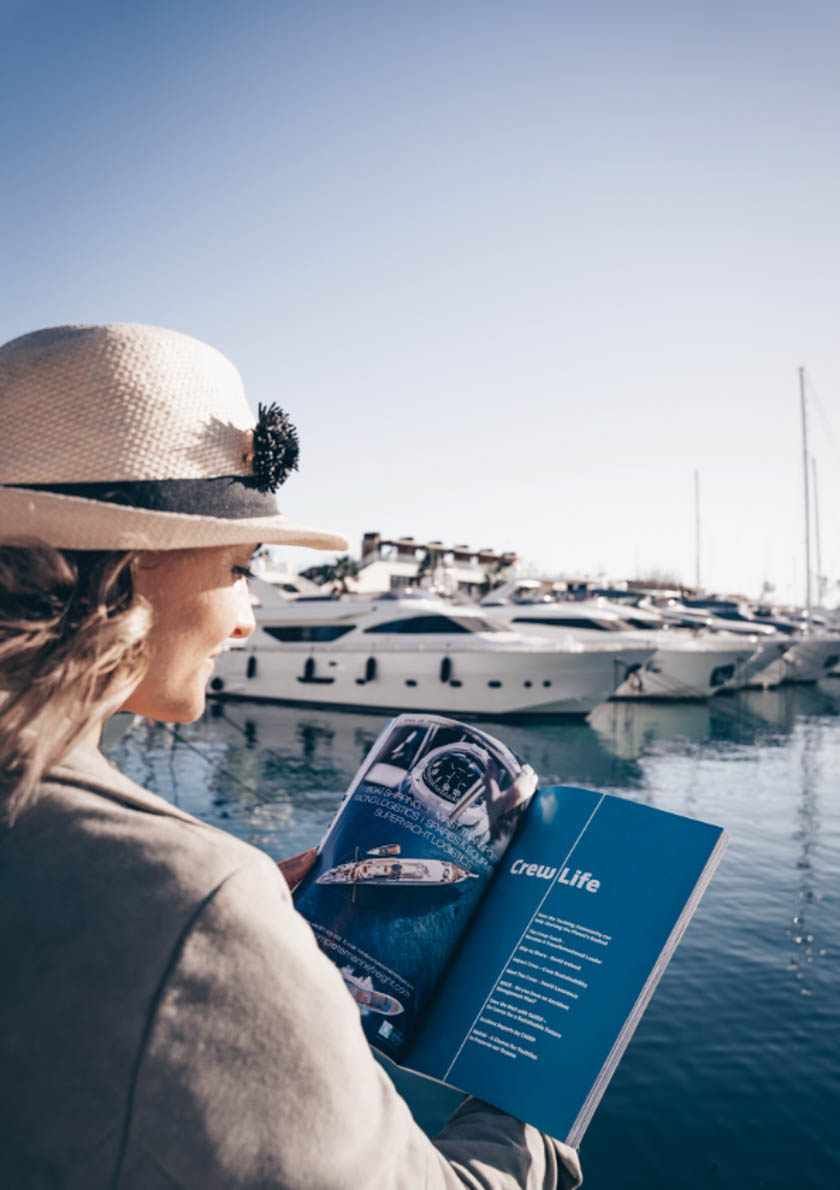Every day as we sail or travel around the harbour we can see the history laid out before us – Isla del Rey, Quarantine Island, the Lazaretto, Fort Mola, Fort San Felipe and the more modern naval base, still in use today.
Perhaps more than any other feature, Isla del Rey has a history which spans many centuries and has seen different uses over the centuries, including its use as the second largest military hospital in the world.
Isla del Rey (or Illa del Rei) is a small island of 41000 square feet which lies in the middle of Mahon harbour. The earliest traces of human settlement are from the 6th Century when a Paleo- Christian basilica was built with three naves and a font, paved with mosics. This remained hidden for many centuries until uncovered by farmers in 1888. The mosaic can now be seen in the Museum of Menorca.
Originally known as Rabbit Island, it was renamed Isla del Rey after King Alfonso III who use dirt it as a base when he retook Menorca from the Arabs in 1287. King Alfonso arrived in the port in January 1287 but many of his ships had been dispersed by bad weather and so he waited on the island until his army had regrouped before attacking the main island on 17th January. One legend has it that his men grew thirsty during the wait as there was no clean drinking water on the island. King Alfonso was said to have fallen to his knees to pray and, as he sank his sword into the ground, fresh water gushed forth from a spring.
In the following centuries the island belonged to the Xerés family until the British took over the island of Menorca in the 18th century. It was Admiral Jennings that saw the potential of the island as a new base for the naval hospital. He invested 468 pounds of his own money to construct the first buildings in 1711. When John Armstrong described his visit to Menorca in 1740 he referred to the Island, then known as Bloody Island. He described it as a ‘capacious hospital …. with lodgings for the naval officer, surgeon and others and an apartment for the Commodore of the fleet. He was so delighted by the cool breezes, pleasant aspect and views that he thought it could be made into ‘one of the most delightful retirements for the contemplative mind’ (if the hospital were taken down!)
The French conquered Menorca in 1756 and it was not until it was returned to British rule in 1763 that the hospital was extended with the addition of an upper floor. It was built in a U shape surrounding a central courtyard and it had 40 rooms with 30 beds in each, an enormous number for the time. Later, additional buildings were also constructed by the Spanish for the laundry, a new chapel and a home for the priest. At its peak, there were 4000 people living on the island, including the patients, doctors and workers.
The hospital continued to grow in reputation and prestige. In 1830 the French conquered Algeria and asked Spain if they could have a naval base in Mahon and to use the hospital. At that time it had become the most important military hospital in Europe and only the second most important in the world after that in Jamaica. The US also used the hospital to treat their wounded sailors when they were fighting the north African pirates.
The hospital continued to work under Spanish control until 1964 when a new hospital was finally built in the city. There were plans drawn up to turn it into a private hotel but these never got off the ground and it was with great sadness that local people watched it become overgrown and ruined. Finally, in 2004, a group of local volunteers known as ‘Associacio Amics de L’Illa de l’Hospital (or the Friends of Hospital Island) took on the task of cleaning up the island. It took them more than one month to cut back the vegetation to be able to reach the buildings! A year later a Foundation was set up to raise funds and there are now over 120 volunteers led by General Luis Alejandre. 10 years on, the island is open to visitors each Sunday morning. They can see 40 restored rooms including an operating room, autopsy room, xrays, a library and pharmacy. There is also a memorial to the 248 sailors of the battleship Roma who were treated at the hospital when it was bombed in 1943.
The work continues on the island to turn it into a historical centre of excellence. This is just one example of how the historical buildings of the port are entering a new development phase driven by the people. Luis Alejandre told Bon Vent magazine that it was the end of a period of the last 40 years when everything was too ‘nationalized to change’.
More information can be found at http://patrimoniomm.wordpress.com/
Visitors to Mahón can visit the Isla del Rey on the Yellow Catamarans www.yellowcatamarans.com


















